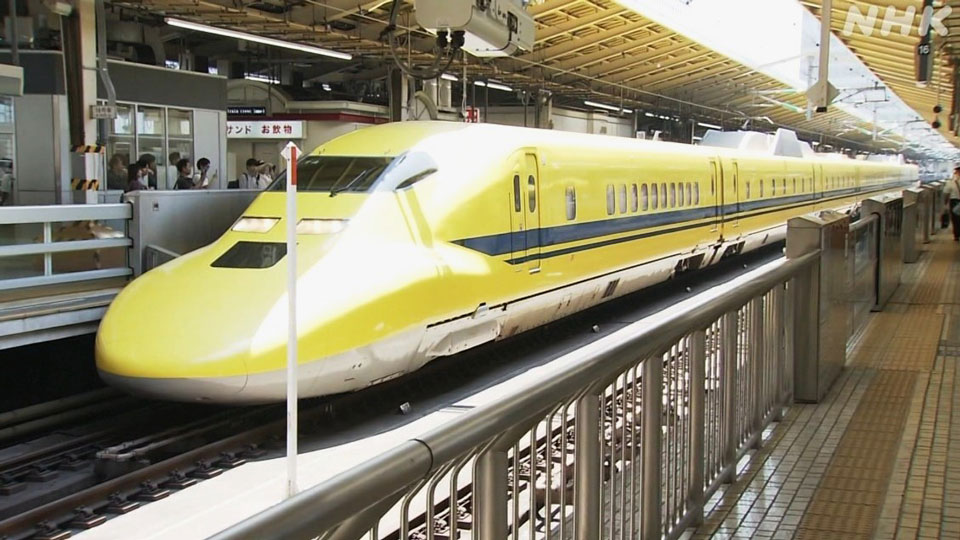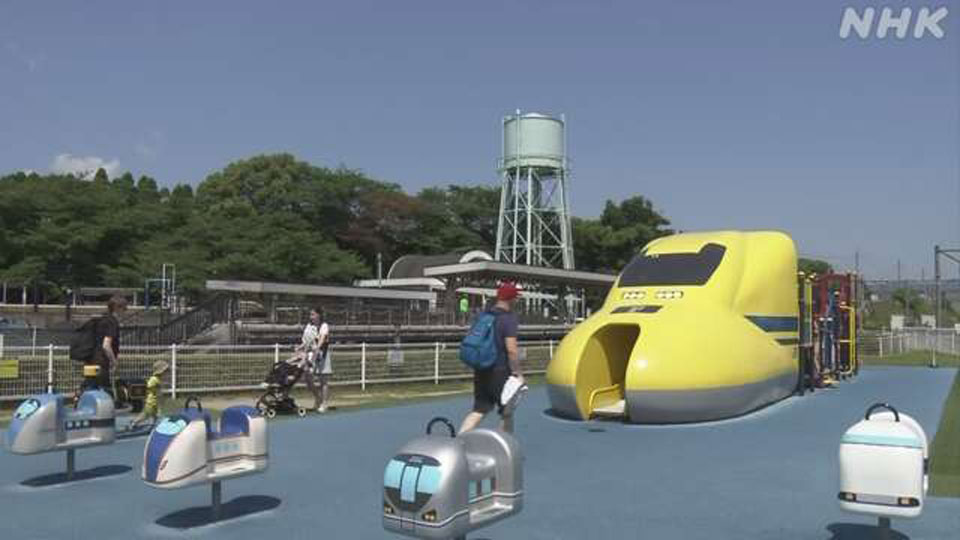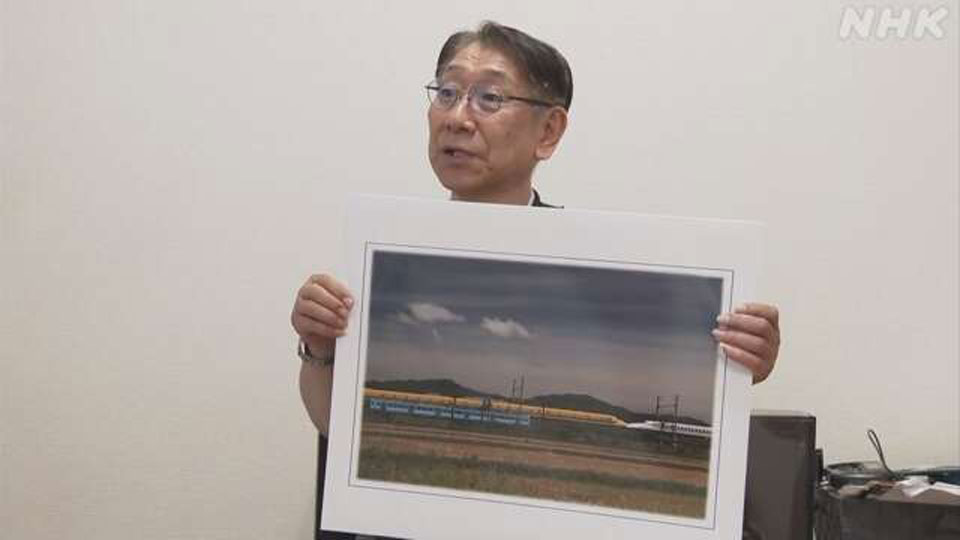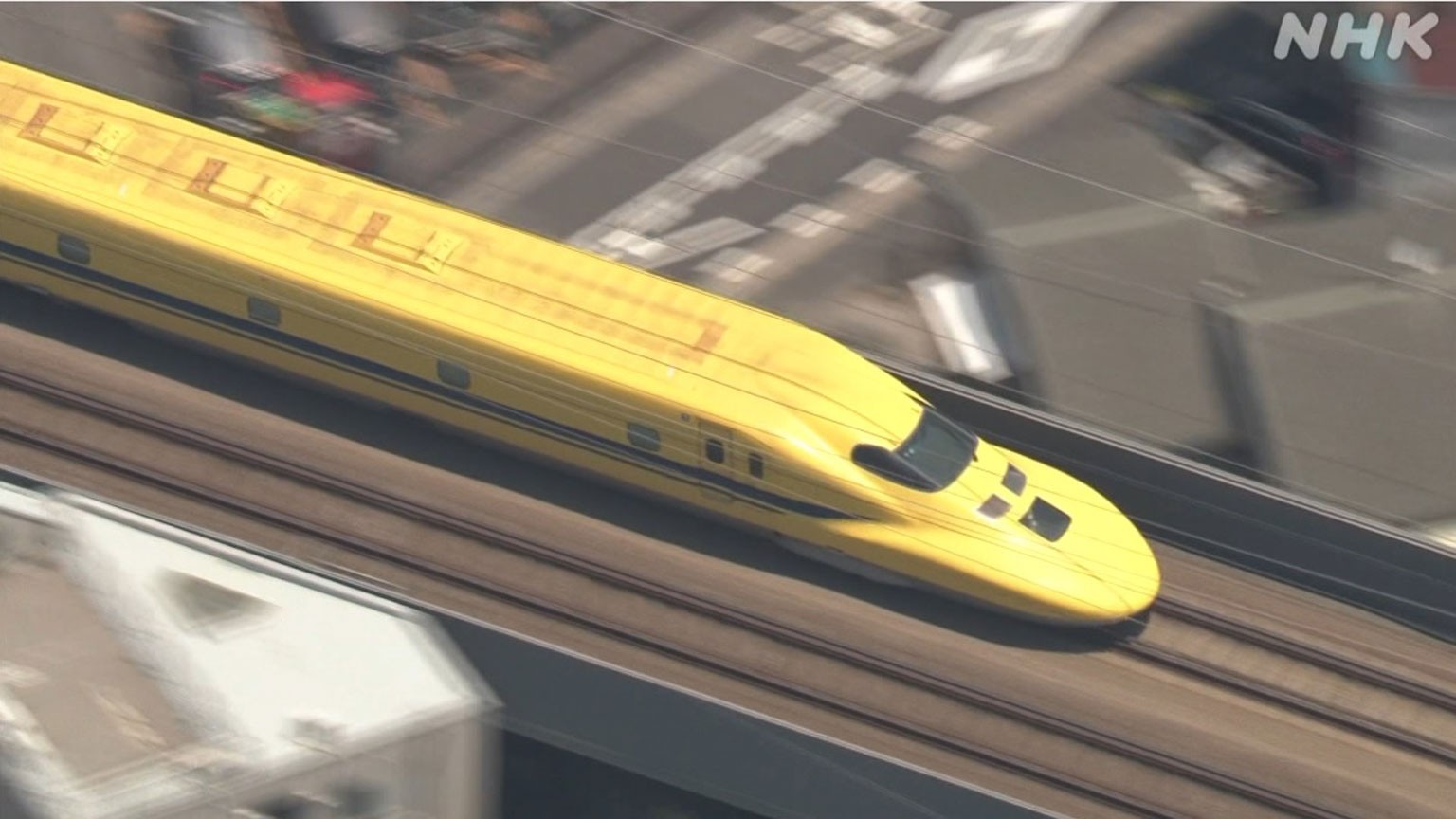The diagnostic trains, which are based on the 700 Series, are used on the Tokaido and Sanyo Shinkansen lines to check the condition of the tracks and other infrastructure, which is how they earned their medical moniker.
Central Japan Railway Company plans to retire its stock in January next year, and West Japan Railway Company in 2027 or later. The trains will be replaced by specially equipped N700S Shinkansen.
A long run
The first generation of Doctor Yellow trains went to work in 1964, the year that the Tokaido Shinkansen started operating. The cars were painted in their distinctive color to make them easy to see at night.
The second generation, based on the 0 Series of Shinkansen, was introduced in 1974. It could perform inspections at speeds of 210 km/h, which was how fast commercial bullet trains traveled at the time.
The fourth and fifth generation are both based on the 700 Series. They make the 2-day round trip between Tokyo and Hakata stations, a distance of approximately 1,100 km, roughly every 10 days.
These models are fitted with sensors that measure track distortion and wear on overhead wires. They also record shaking and shocks and collect basic data for track maintenance work.
Because they are mostly off-limits to the public and their schedules are kept secret, they are sometimes dubbed "phantom bullet trains." A sighting is said to bring good luck, which is partly why they're so popular with rail enthusiasts.

A hit with rail fans
The news of their impending retirement was met with sadness among the rail-loving community.
"I spotted a Doctor Yellow last year," a 32-year-old father told NHK. "My one-year-old son was very excited because he loves trains. I'm sad because we have fond memories of the train."
A 22-year-old graduate student said he's grateful for all the work the trains have done to keep Japan's bullet train network safe.
"It's a pity because my son loves them," a mother of a 5-year-old boy said. "I was happy to spot one at Shin-Kobe station the other day. I want to see it one more time."

Photography enthusiast Nishimura Isao, 71, has taken more than 2,000 pictures of Doctor Yellow trains since 2006.
Among his favorites is a photo he took 7 years ago in Koura Town, Shiga Prefecture, capturing the moment when three trains―a Doctor Yellow, a Tokaido Shinkansen, and a local Ohmi Railway train―passed each other.

"It is a pity that it's retiring," he says. "There's still some time left, though, so hopefully I can get one last photo of the yellow train running across a white field of snow."
